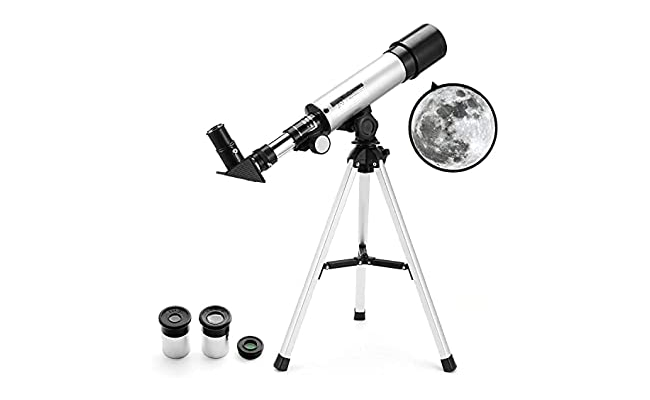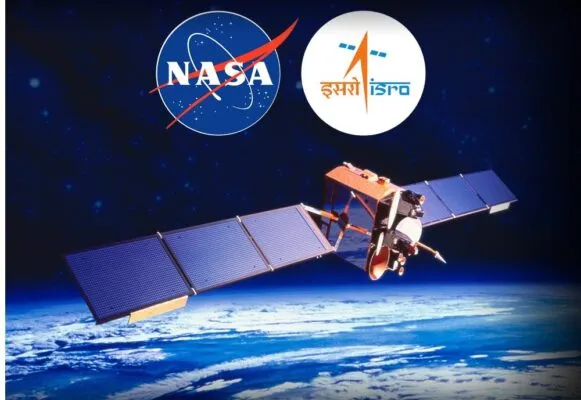Exploring the Universe: An Overview of Telescopes
Telescopes are the primary tools used by astronomers to observe and study celestial objects. These devices allow us to see farther into space and observe objects that would be invisible to the naked eye. In this article, we’ll take a look at the different types of telescopes, their uses, and their advantages and disadvantages.
Optical Telescopes
Optical telescopes are the most common type of telescope and are used to observe visible light. They come in two main designs: refracting telescopes and reflecting telescopes.
Refracting telescopes use lenses to bend light and focus it onto a point. Reflecting telescopes, on the other hand, use mirrors to reflect and focus light. Reflecting telescopes are generally larger and more expensive than refracting telescopes, but they have advantages in terms of image quality.
Radio Telescopes
Radio telescopes are designed to detect and study radio waves emitted by celestial objects. They use large dishes or arrays of smaller dishes to collect and focus radio waves onto a receiver. Radio telescopes are especially useful for studying objects that emit little or no visible light, such as black holes and pulsars.
X-Ray and Gamma-Ray Telescopes
X-ray and gamma-ray telescopes are designed to detect and study high-energy radiation emitted by celestial objects. These telescopes use detectors to collect and focus X-rays and gamma rays onto a sensor. These telescopes are used to study phenomena such as supernovae, black holes, and active galactic nuclei.
Infrared Telescopes
Infrared telescopes are designed to detect and study infrared radiation emitted by celestial objects. They use detectors that are sensitive to infrared radiation to collect and focus the radiation onto a sensor. Infrared telescopes are especially useful for studying objects that are too cold to emit visible light, such as dust clouds and planetary atmospheres.
Advantages and Disadvantages
Each type of telescope has its own advantages and disadvantages. Optical telescopes are the most common and are relatively inexpensive, but they are limited by atmospheric interference and cannot observe objects that emit little or no visible light. Radio telescopes can observe objects that emit little or no visible light, but they are limited in resolution and cannot observe objects with high surface temperatures. X-ray and gamma-ray telescopes can observe high-energy phenomena, but they are expensive and require complex instrumentation. Infrared telescopes can observe objects that are too cold to emit visible light, but they require cooling to reduce background radiation.
Conclusion
Telescopes have revolutionized our understanding of the universe and continue to play a vital role in astronomy. Each type of telescope has its own advantages and disadvantages, and astronomers use a variety of telescopes to study the universe at different wavelengths. By combining data from different telescopes, astronomers can build a more complete picture of the cosmos and uncover new insights into the nature of the universe.
![]()





